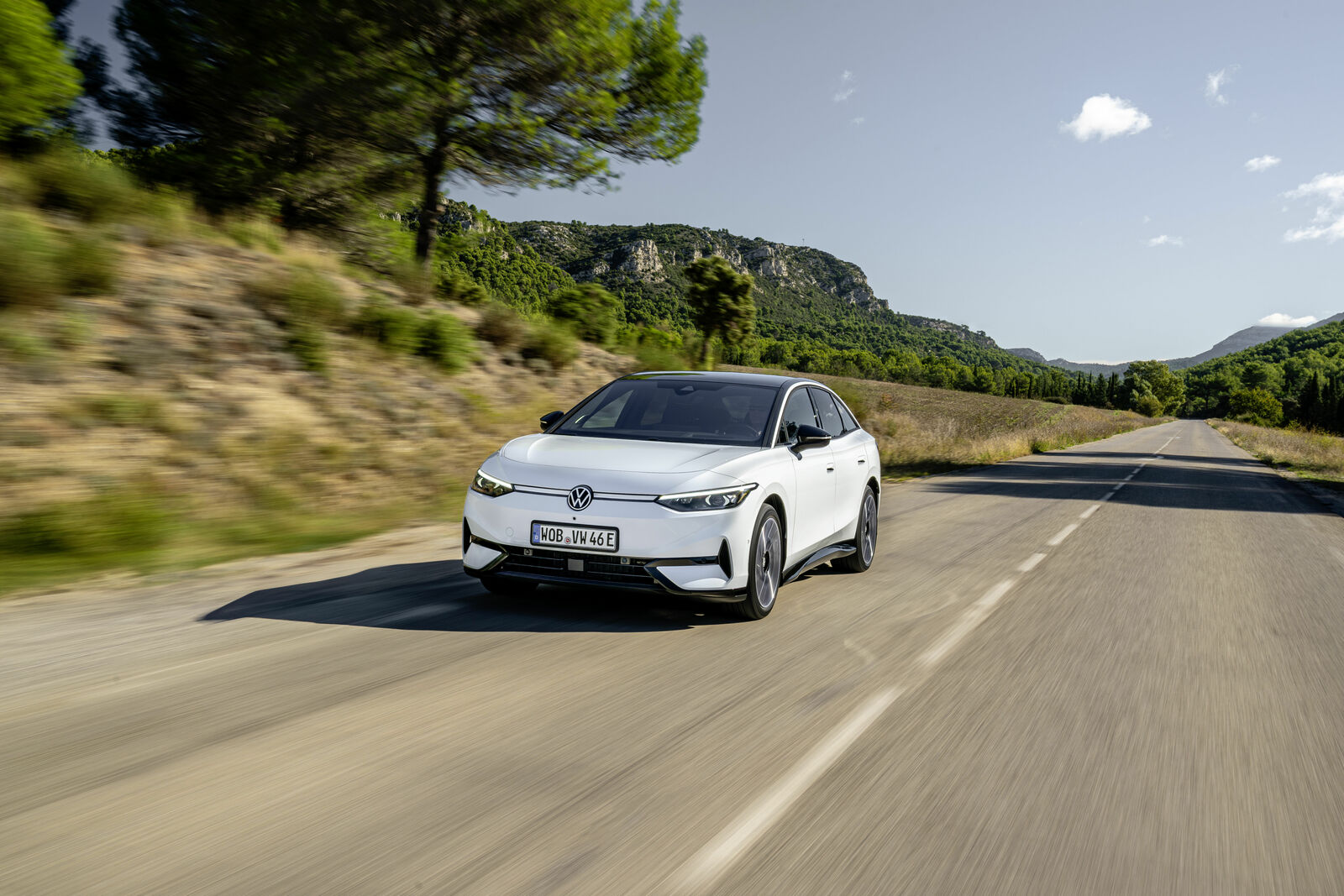And this is how the small Audi car from Ingolstadt came to be pro duced at the Volkswagen plant in Wolfsburg from the summer of 1974. The almost identical Volkswagen Polo followed suit, albeit with a slight delay, and went into production on 5 March 1975. Looking good, with a compact body and a practical boot lid, the Polo perfectly reflected the spirit of the times. Agility, excellent vehicle handling, and economical engines were the new core virtues that shaped the overall positive image. The car sold well right from the get-go, with the larger Golf having already done some good groundwork with customers. Passat, Scirocco, Golf, and Polo – the new Volkswagen model family was now complete. When the new small car, the Volkswagen Polo, was born in March 1975, it already had a twin brother. The almost identical Audi 50 had been on the market since October 1974. However, both small cars rolled off the assembly line exclusively at the Volkswagen plant in Wolfsburg. WELCOME TO THE FAMILY 6 750 YEARS OF POLO DEVELOPMENT POLO II 1981–1994 In September 1981, Volkswagen launched the second-generation Polo. The completely redesigned body increased the length to 3.66 metres and boasted a unique look. The steeply sloping rear made the Polo a two-door estate, small but with plenty of space. The headroom in particular had increased substantially compared with the first model series. Once again, the Polo II was a lightweight car, weighing only 770 kilogrammes in its base version. Following the introduction of the squareback, the fastback Coupé was added to the range in 1982. Under the bonnet were stronger petrol engines, which gave the car faster acceleration. And Germany’s smallest diesel engine providing 33 kW (45 PS) made its debut in the VW Polo in 1987. In 1984, the Polo range was supplemented by an entry-level model, the Fox. The limited-edition Polo Coupé GT G40 was launched in 1987. Offering 85 kW (115 PS), this was the most powerful variant of the Polo so far.











